An East Texas getaway
High Island snubs the high life in favor of quiet, quirky beach
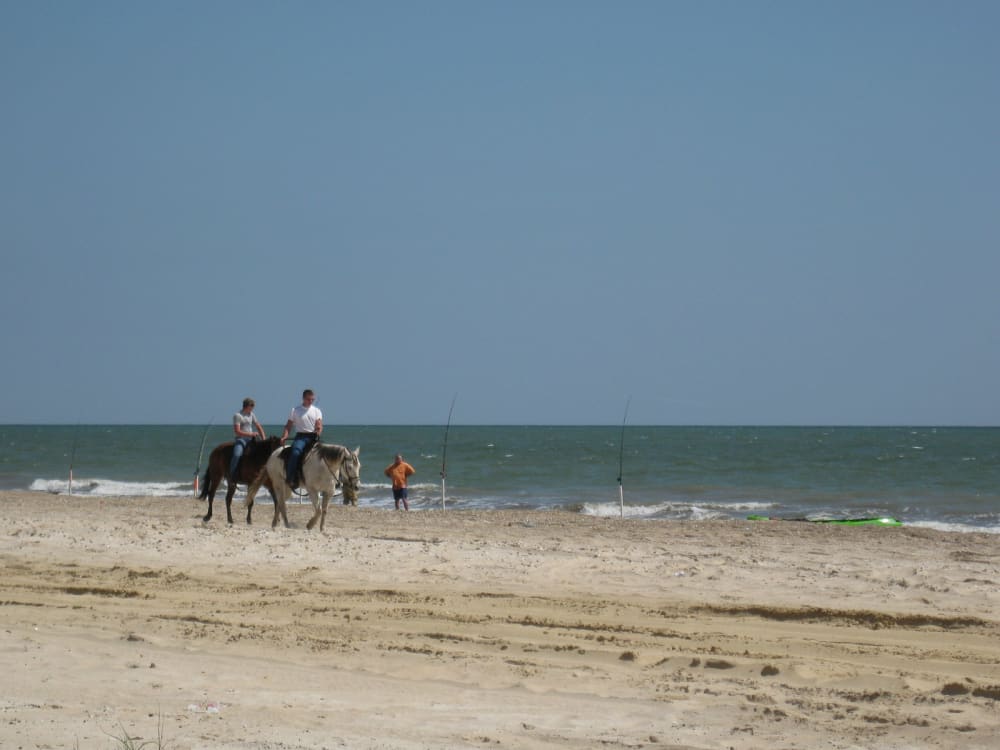 You'll find horses on High Island's beach, but not vacation homes.Photo by Peter Barnes
You'll find horses on High Island's beach, but not vacation homes.Photo by Peter Barnes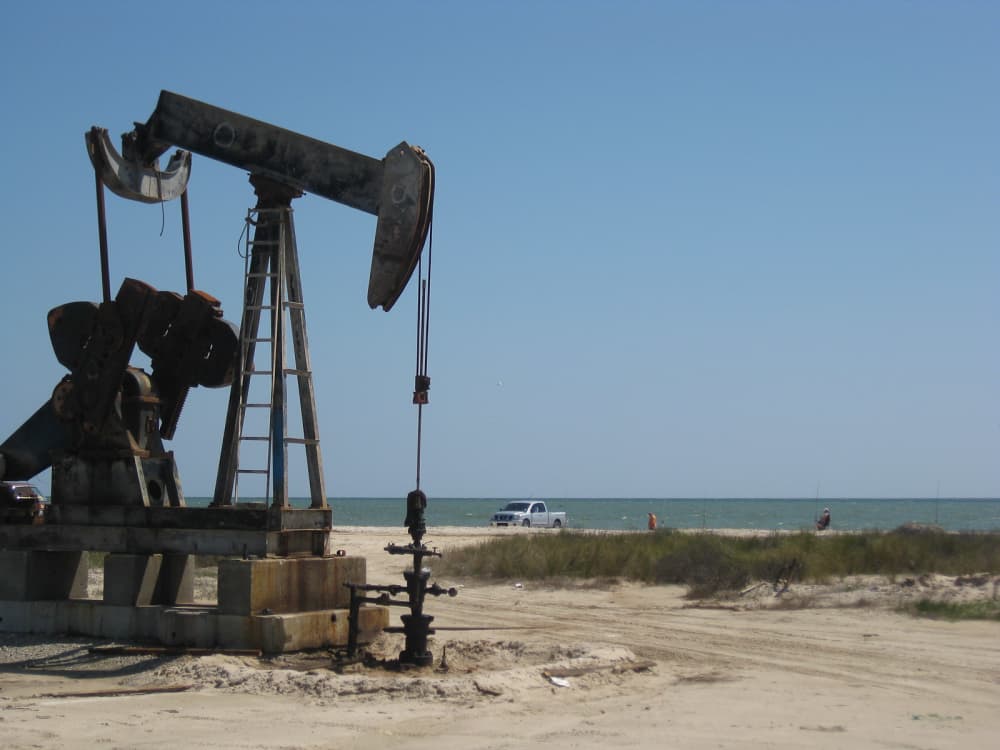 You never know what you'll find at this beach.Photo by Peter Barnes
You never know what you'll find at this beach.Photo by Peter Barnes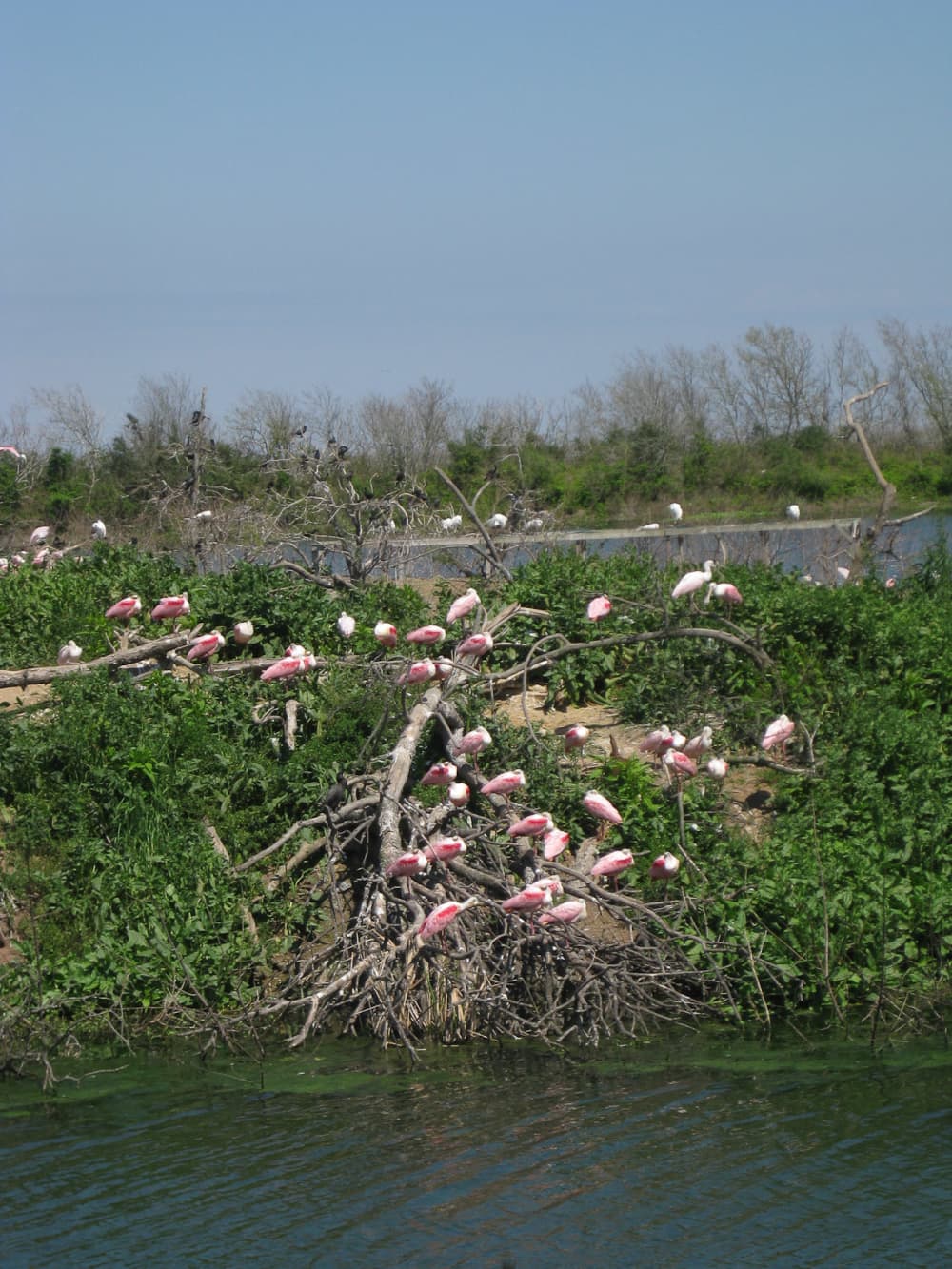 The rookery at the Smith Oaks Bird Sanctuary is well known in the bird-watchingcommunity.Photo by Peter Barnes
The rookery at the Smith Oaks Bird Sanctuary is well known in the bird-watchingcommunity.Photo by Peter Barnes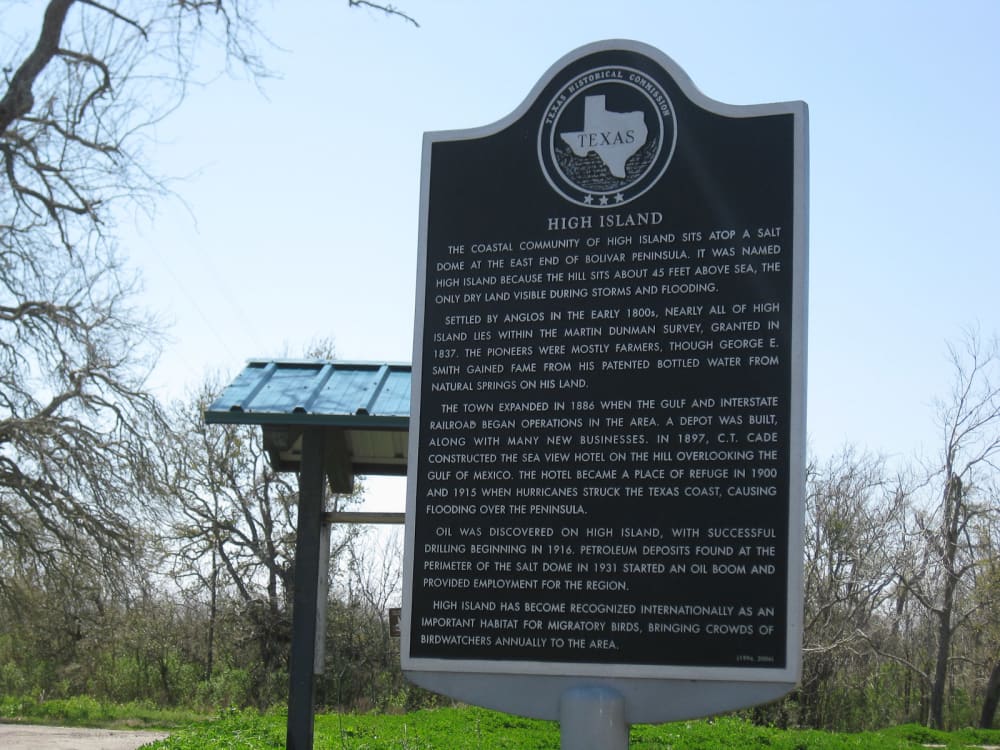 High Island is the home of a huge wildlife preserve.Photo by Peter Barnes
High Island is the home of a huge wildlife preserve.Photo by Peter Barnes High Island is a bird watcher's paradise.Photo by Peter Barnes
High Island is a bird watcher's paradise.Photo by Peter Barnes
If you ask someone from out of town what East Texas is supposed to look like, they’d probably describe High Island.
Sitting by its lonesome at the edge of an immense marsh, a clump of time-twisted oaks clings to the edge of a salt dome rising 40 feet above the Gulf. Pump jacks rock steadily just feet from the beach where locals sometimes cool down their horses in the surf. To the east, nothing but shell-studded sand stretches 100 miles into Louisiana.
An hour and a half’s drive will take Houstonians to beaches suiting any number of tastes, from laid-back Surfside’s respectable breakers to Galveston’s rollicking seawall to Bolivar’s fine sand. For those who prefer solitude and the company of nature, though, High Island is tough to beat.
Birding Paradise
While soaking up the charm of the town’s quiet streets, it’s hard to notice that bird sanctuaries make up about a fourth of the town. The Houston Audubon Society maintains four bird sanctuaries within a few blocks of each other that teem with migratory songbirds in the fall and spring.
The largest, Smith Oaks Sanctuary, features four lakes and a rookery where visitors can watch hundreds of nesting egrets, herons, cormorants and rose-colored spoonbills up close.
The sanctuaries are open year round, and the Audubon Society asks for a $5 donation to enter.
Just up the road, Anahuac National Wildlife Refuge covers an area nearly as large as the Inner Loop. It’s popular for both fresh-water and salt-water fishing, crabbing, fowl hunting and nature trails. Like the other Gulf-Coast refuges run by the U.S. Fish and Wildlife Service, Anahuac provides a critical layover for migrating birds before and after they cross the Gulf of Mexico. Flocks of geese 80,000-strong can be spotted there at the right times of year, as can large numbers warblers, other songbirds and 27 species of duck.
The Beach
Just after the Bolivar Peninsula reunites with the mainland, Highway 87 disappears. While it may haunt Google Maps to this day, the highway department ceded the beach-hugging strip of asphalt to coastal erosion and hurricanes 20 years ago, leaving intrepid beachgoers mile after mile of nothing but sand. Its consistency isn’t as smooth as other beaches nearby, although it isn’t terribly course either.
Like most of coastal Texas, it’s a driving beach where campers and day trippers pop the tailgate anywhere they like.
What strikes me is its remoteness. There are no condos, no rental houses, no bars and no side streets. If you include the sparsely populated Cajun Riviera to the east, I wouldn’t be the least surprised if it’s the largest expanse of undeveloped oceanfront property in the country. There’s even a stretch of isolated beach rumored to be popular with nudists just across the Galveston County line.
Come Prepared
High Island isn’t a place to party. There’s one restaurant and one hotel, and they’re in the same spot on the town’s main drag.
When I popped in last spring, the Gulfway Grill was open 7 a.m. to 2 p.m., Wednesday through Sunday, although they open seven days a week in the summer. The renovated Gulfway Motel was renting basic rooms for $65. If beach camping is a tad primitive for your tastes, the High Island RV Park rents tent sites, trailers and hookups. If you need to buy anything you can’t find at the local convenience store or bait shop, you’ll have to drive to Winnie 19 miles up the road.
Because High Island has remained a tiny and quiet East Texas town, I doubt it will ever be in vogue with second homeowners, spring breakers or sunbathers who demand to be papered with all of the comforts of an overbuilt resort.
For many, though, that’s the best reason to visit.
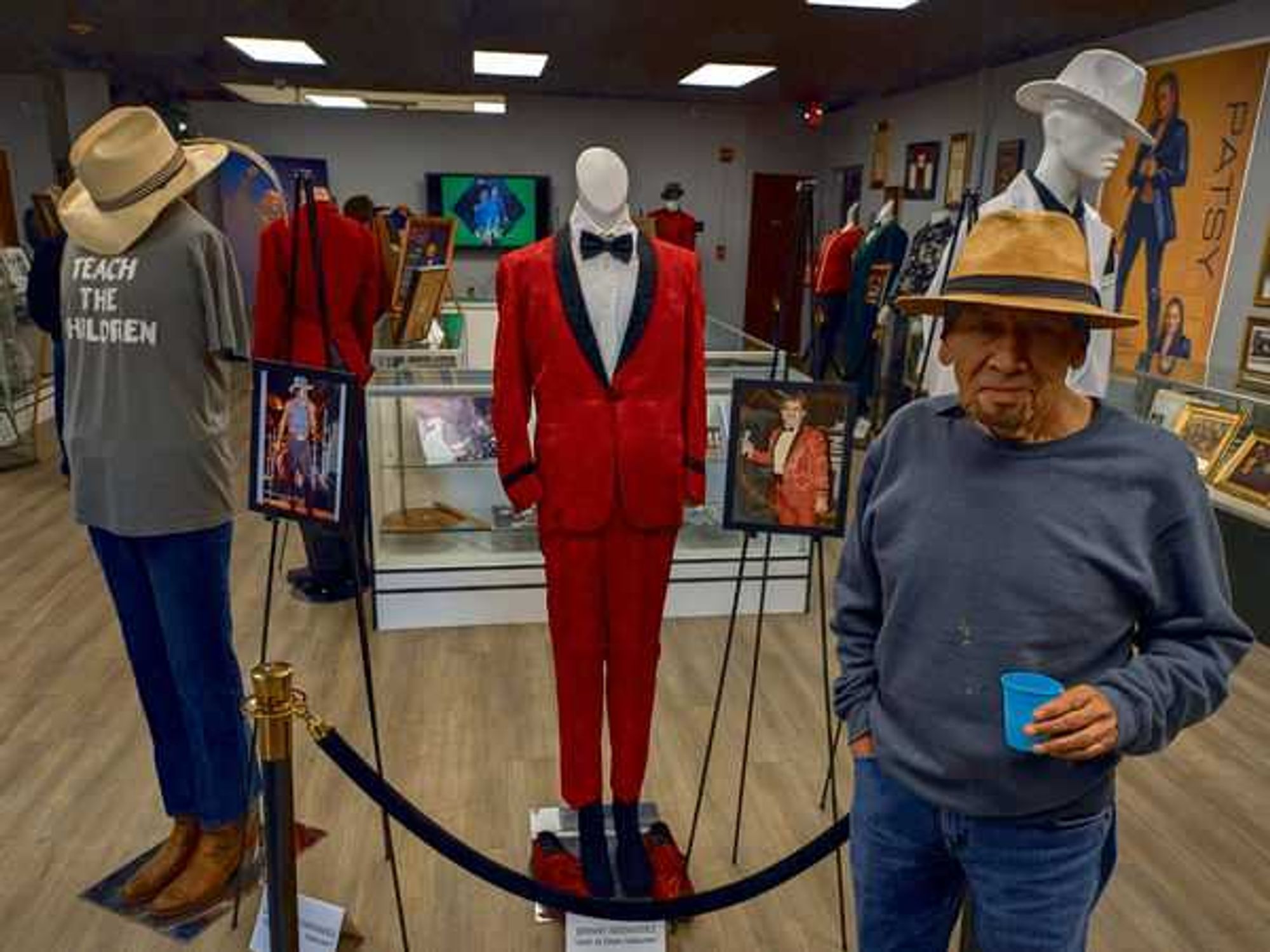
 The newly opened Totally Tejano Hall of Fame and Museum includes a growing collection of memorabilia. Photo by Edmond Ortiz
The newly opened Totally Tejano Hall of Fame and Museum includes a growing collection of memorabilia. Photo by Edmond Ortiz